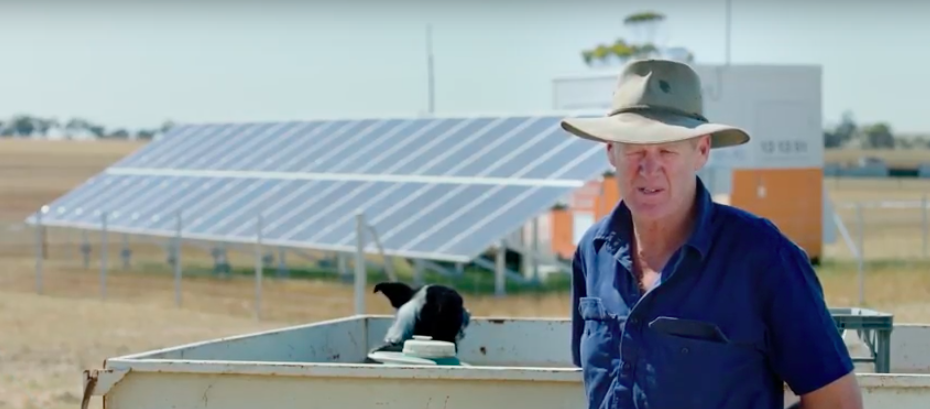Regional and remote communities across Australia now have the opportunity to apply for grants from a $50 million fund, which aims to support exploratory work for up to 50 microgrid projects. In the first round of funding launched on Friday, successful applicants will have a chance to win between $100,000 to $10 million to undertake feasibility studies on the viability of microgrid solutions in off-grid and fringe-of-grid locations.
The Regional and Remote Communities Reliability Fund will support community organisations, electricity distribution businesses and other interested entities to investigate whether establishing a microgrid is economically viable and whether existing off-grid capabilities can be upgraded with modern technology. Where feasibility studies find that microgrids are cost-effective, communities will be able to upgrade existing diesel generation or take advantage of new on-site renewable generation and storage opportunities.
“Microgrid technology is becoming increasingly cost effective, creating the opportunity for a reliable, low cost, off-grid supply,” Minister for Energy Angus Taylor said in a statement. “Supplying remote, grid supplied customers to a self-supporting microgrid could save hundreds of millions of dollars in costly network infrastructure and maintenance while improving reliability. Renewable-based microgrids can also reduce the use of diesel generators in remote communities.”
The fund’s launch follows initiatives from big utilities to deploy stand-alone systems as a cost-effective alternative to maintaining and replacing ageing and skinny grid infrastructure in regional Australia. Last week, Western Australia’s government-owned regional utility Horizon Power became the first utility in Australia to remove parts of its overhead network and replace it with an off-grid renewable energy power solution. The utility is installing 17 standalone power systems on fringe-of-grid properties east of Esperance which will replace 64 kilometres of unreliable poles and wires.
Earlier this year, WA grid operator Western Power announced it was all set to roll out 57 stand-alone power systems at farms, having inked $8.8 million in contracts for the first stage of its landmark off-grid program for regional properties. Servicing these units for their entire working life will save Western Power almost $6 million, compared to traditional network refurbishment, which would otherwise be needed to ensure reliable power supply to rural properties in off or edge-of-the grid areas.
The rollout builds on a stand-alone power trial program launched by Western Power at six farms in the Great Southern region in 2016. The trial found that there were on average 70 hours of outages avoided in its first year, and a whopping 92% of the properties’ power supply could be met by solar PV – buffered by battery storage.
High energy costs and unreliable power supply are common in far-flung rural areas across Australia, with many farms connected via long skinny lines. Since remote communities are eager to consider energy efficiency solutions on-site, as demonstrated in a report from Commonwealth Bank that showed solar power+battery back-up top the wish list for 76% of Australian farmers, the new pot of cash for microgrids is likely to attract strong interest.
Under the Federal Government’s funding program, feasibility studies are the first step to unlocking investment in microgrids, and their benefits for individual communities and the grid as a whole. Where feasibility studies find that microgrids are economically viable, additional support can be sought from the Australian Renewable Energy Agency (ARENA) and Clean Energy Finance Corporation (CEFC).
Round one applications close on 21 November. Further information can be found at www.grants.gov.au
This content is protected by copyright and may not be reused. If you want to cooperate with us and would like to reuse some of our content, please contact: editors@pv-magazine.com.









2 comments
By submitting this form you agree to pv magazine using your data for the purposes of publishing your comment.
Your personal data will only be disclosed or otherwise transmitted to third parties for the purposes of spam filtering or if this is necessary for technical maintenance of the website. Any other transfer to third parties will not take place unless this is justified on the basis of applicable data protection regulations or if pv magazine is legally obliged to do so.
You may revoke this consent at any time with effect for the future, in which case your personal data will be deleted immediately. Otherwise, your data will be deleted if pv magazine has processed your request or the purpose of data storage is fulfilled.
Further information on data privacy can be found in our Data Protection Policy.